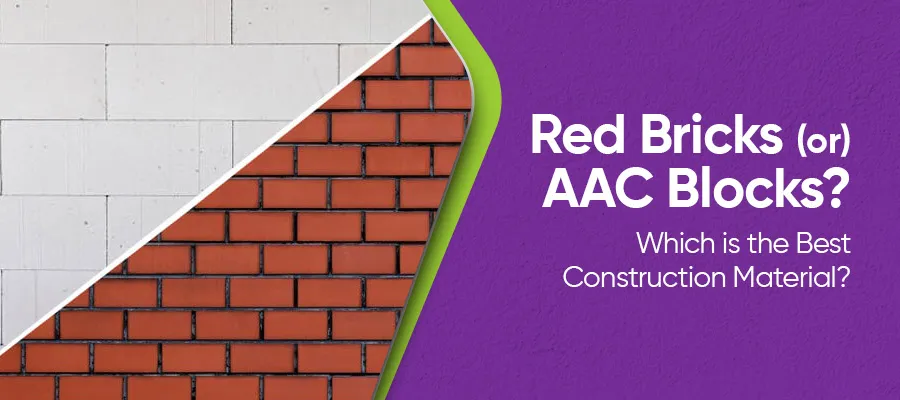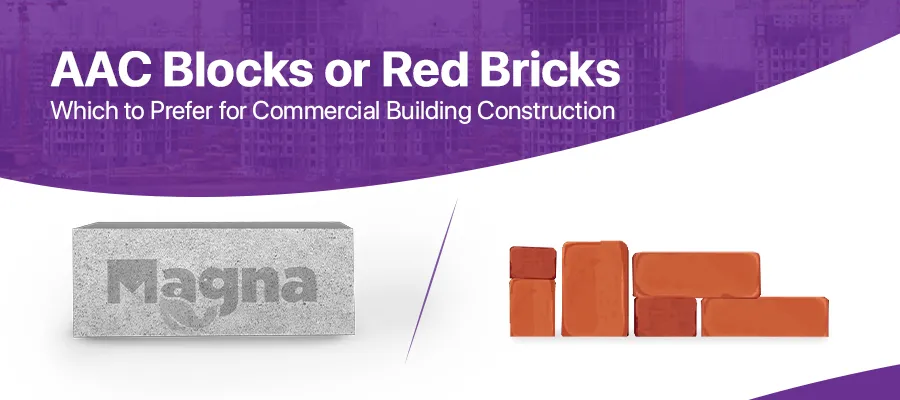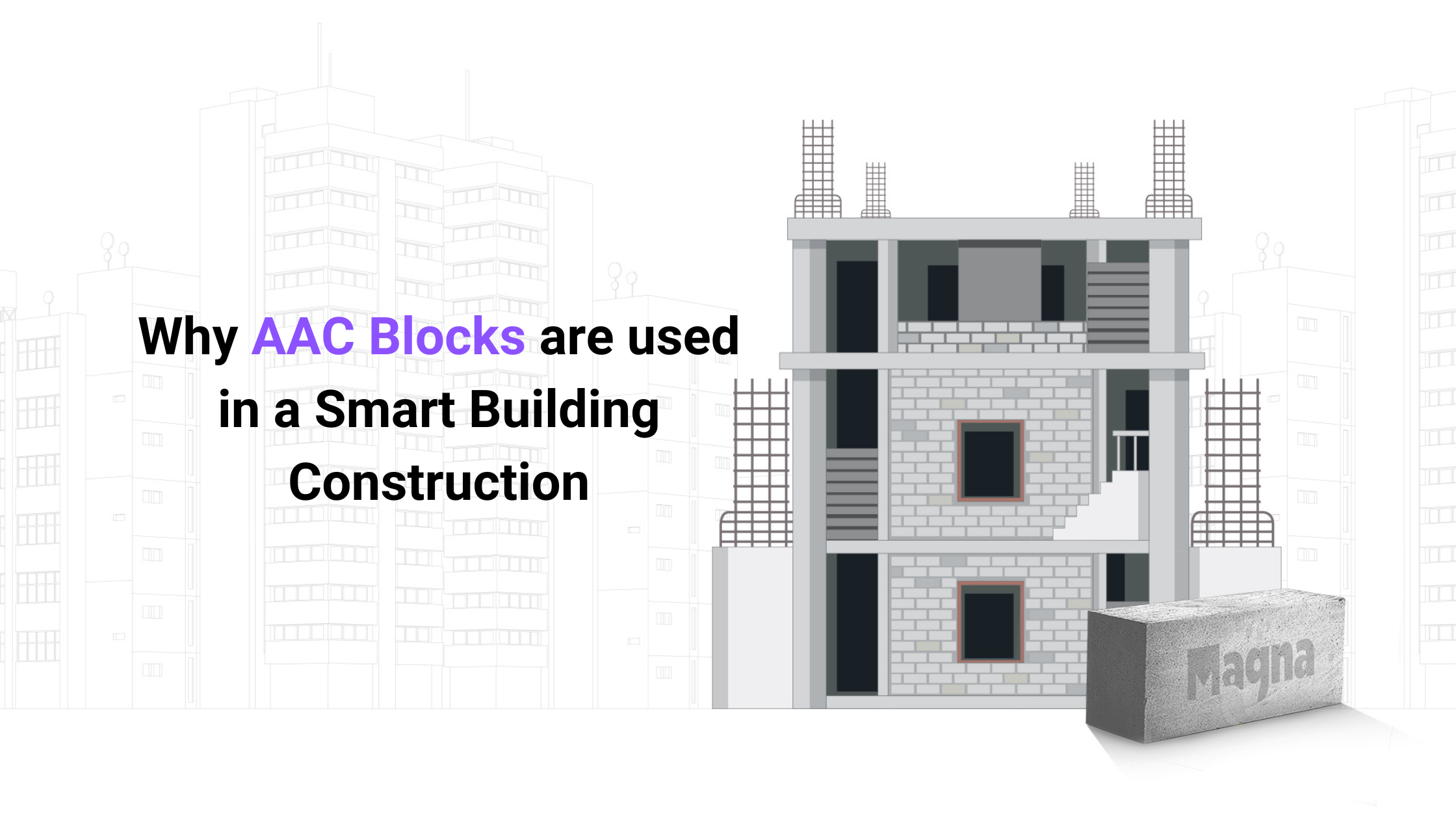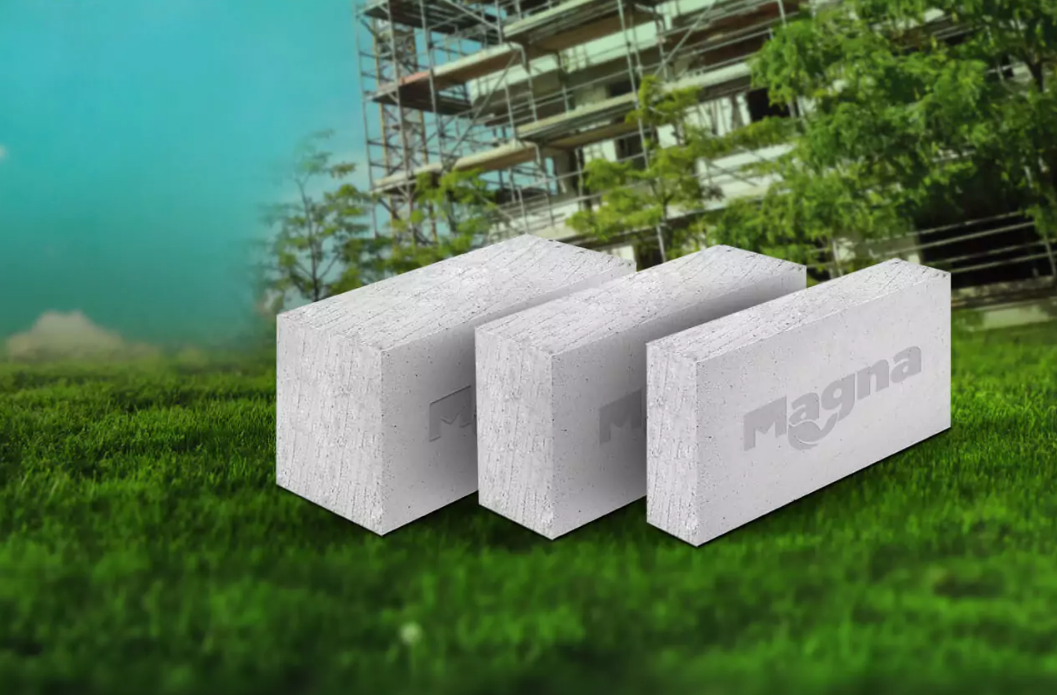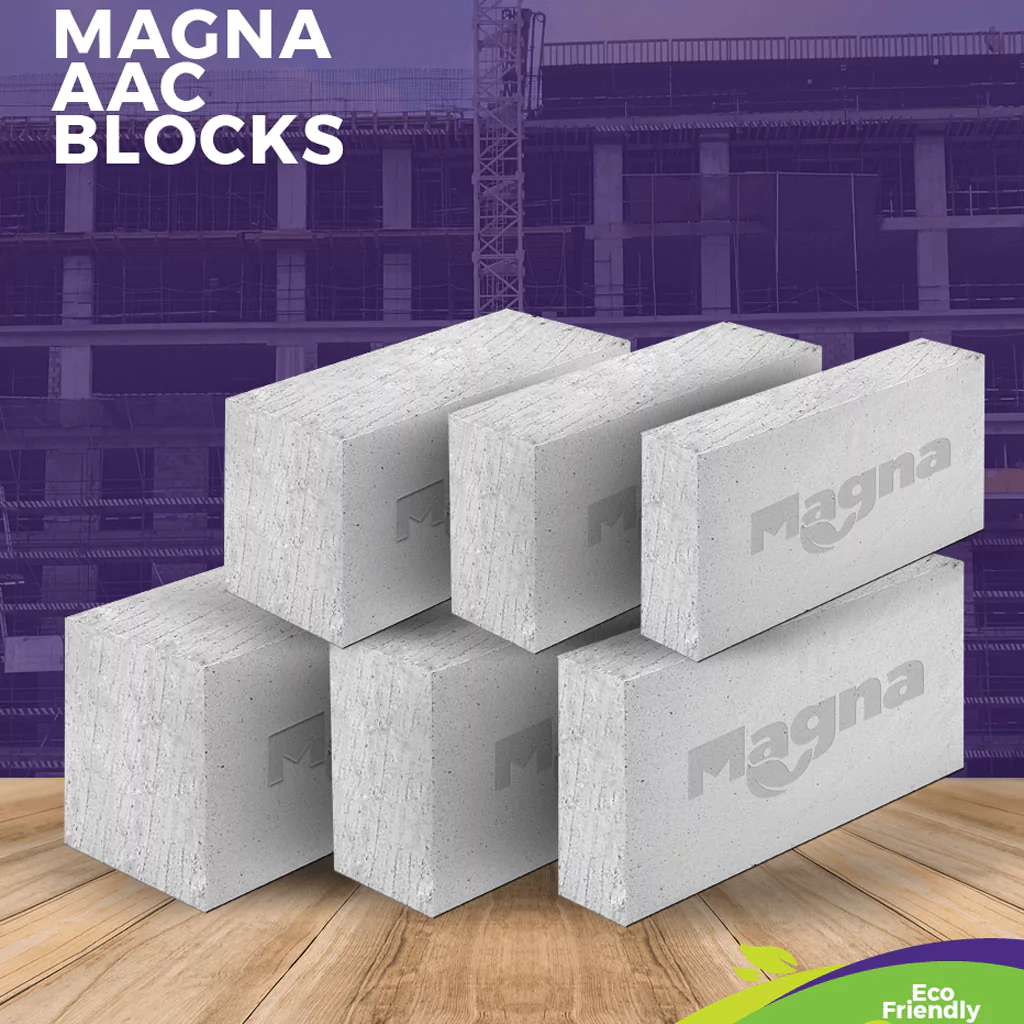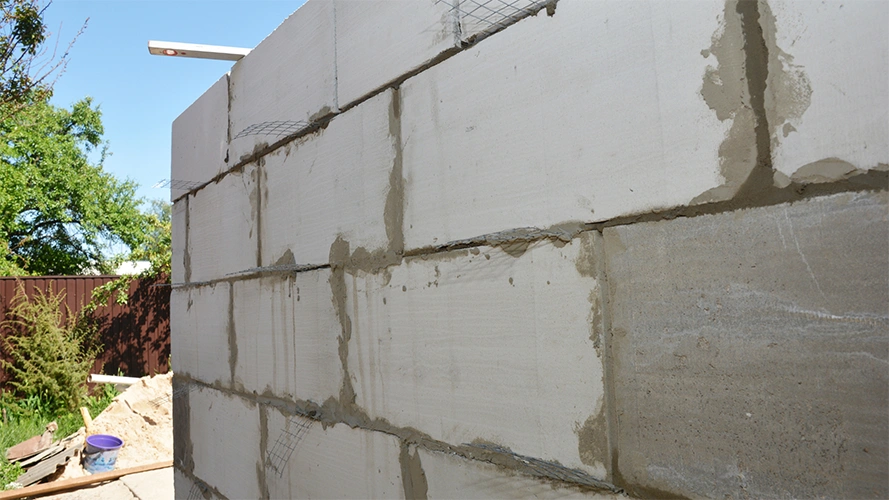
Future of AAC Blocks in the Indian Market 2023
Urbanization is transitioning significantly in the Indian market at a disruptive pace. The preference for the building material spotted a bright light in the industry. A country’s development is determined by its infrastructural growth
AAC Blocks is one of the construction materials making significant contributions and impacting the industry with the steep rise on the trend line. Every product has its product life cycle. Similarly, clay bricks are used at the beginning of their end.
The stringent policies framed by the government have forced industrialists and builders to go for AAC Blocks. The main objective is to minimize the exploitation of natural resources and end it gradually.
Adding to the government’s initiative, the end customers express their concern about saving the environment. These factors act as catalysts for the promising future of AAC Blocks. The transition started at a slower pace; now, it has been disruptive.
Transition and Preferences
Infrastructure development varies between Tier 1, Tier 2, and Tier 3 cities. Every city has its city limit, and the availability of land space gets saturated at some point. The new phase of industrial development will be initiated in the Tier 2 cities.
The best way of limiting the exploitation of land space is by appreciating vertical expansion other than horizontal expansion. The preference for high-rise buildings is in great demand.
Similarly, the constructors and developers must be very careful in selecting the building materials for the construction of buildings. The volume of construction materials will be huge, and hence the resources involved in fabricating end products will be more.
Concrete blocks outperform clay bricks in every critical factor a structural engineer looks for.
Market Potential
The CAGR of AAC Blocks is forecasted at 14% for the year 2020-2027. The numbers are worth noting. The PLC of concrete blocks is in its growth phase. The transition from clay bricks to concrete blocks is happening, and it emphasizes their preference for the coming days.
The opportunities created in the construction industry paved the way for the existing and new players to manufacture AAC Blocks. The concrete block manufacturers find the present days are the golden period to establish their strong presence in the market.
The preference for concrete blocks is typically higher in the construction of commercial buildings. The AAC Blocks are gradually replacing the clay bricks in the residential buildings.
This is due to the awareness of concrete blocks created within the community and in the people’s minds.
AAC Blocks
The physical properties and characteristics of a building material determine its preference and demand in construction. Conventional clay bricks created a market buzz for more than many decades.
The saturation of natural resources has made the clay bricks make their exit from the market. The scarcity of clay bricks results in a significant increase in cost and selling price.
Hence, preferring conventional bricks for the construction of high-rise and commercial buildings leads to the requirement for a massive volume of bricks, influencing the investment to be made by the property developers.
Why AAC Blocks
The present and the rising future concerns on construction materials created a gap in the market. Concrete Blocks have closed the prevailing gap to the greatest extent. The AAC Blocks are manufactured with concrete mortar.
Hence, the right concrete mix design determines the strength and durability of the bricks. As the blocks are fabricated with concrete, the AAC Blocks are manufactured with other unique features and specifications.
The result-proven properties of the AAC Blocks have created an enormous market potential. Hence, it is renowned as the most reliable building material, and it is the future of construction materials in the industry.
Let’s know about the features of the concrete blocks that are creating a solid foothold in the future.
Lightweight and Compressive Strength
The gross weight and compressive strength are interdependent. The more the weight, the higher the compressive strength. But AAC Blocks has broken this odd by its features. AAC Blocks are Lightweight and deliver higher compressive strength.
These mind-blowing properties have pulled the attention of customers in the market. The lightweight of the brick assists the builders in optimizing their overall investment, which typically incurs overheads.
The dimension of the concrete block, in addition to the lightweight, has reduced the volume required in building construction. The compressive strength of the block is retained, and it supports the even load distribution of a structure.
This unique feature of the block has created its particular preference, even in constructing complex structures.
Economical and Faster Construction
The raw materials used in the fabrication of AAC Blocks are readily available; hence, the time involved in procuring materials becomes shorter.
Thereby, the concrete blocks can be manufactured quickly, enabling faster construction. Added to it, the blocks’ size occupies more space than the clay bricks. Also, concrete blocks are economical compared to clay bricks.
But, in recent years, the extra charges and inflation of the concrete blocks have increased AAC Blocks’ price. Compared to the previous few years, the consumption of concrete blocks has been increasing. Hence, the price will soon come under the economical price.
The Bottom Line
AAC Blocks are the future of construction materials, for sure. Concrete blocks outperform clay bricks in different criteria. Also, salient features like fire resistance, sound insulation and seismic resistance are featured in the concrete blocks, which miss out on the conventional bricks. If you’re from the construction industry and on the lookout for AAC Blocks procurement, Magna Green Building Materials is the right destination for you to satisfy your requirements. For more information, please visit Magnagreen .


